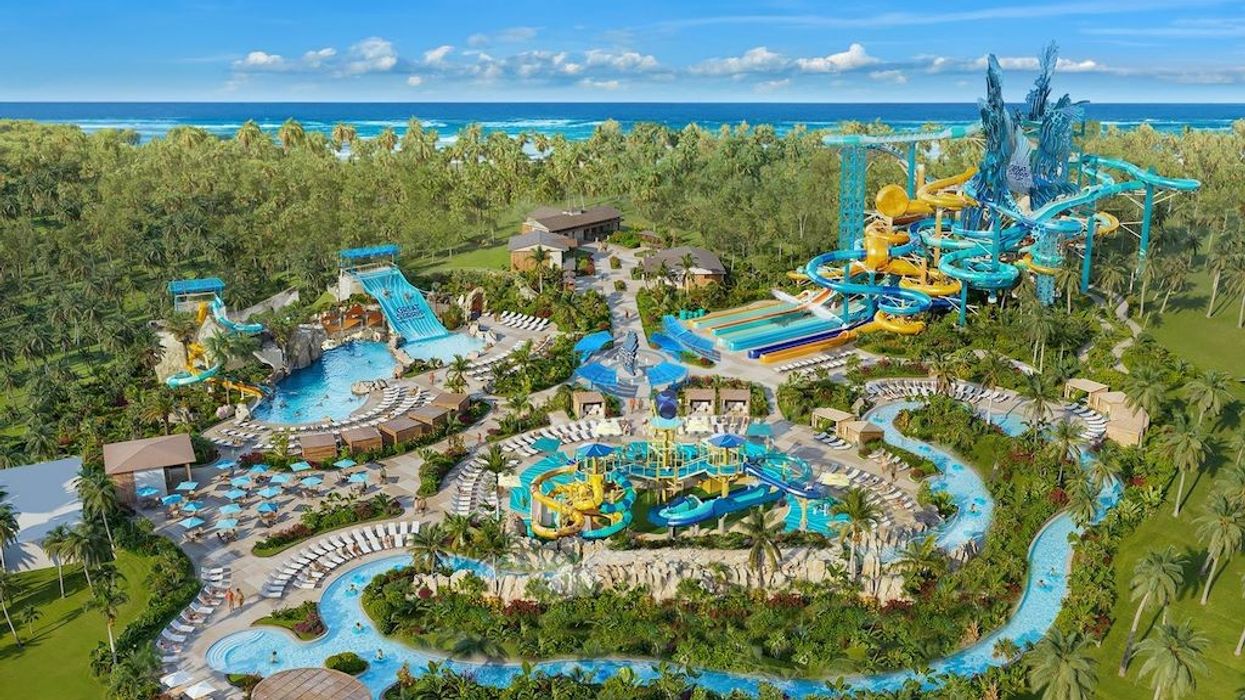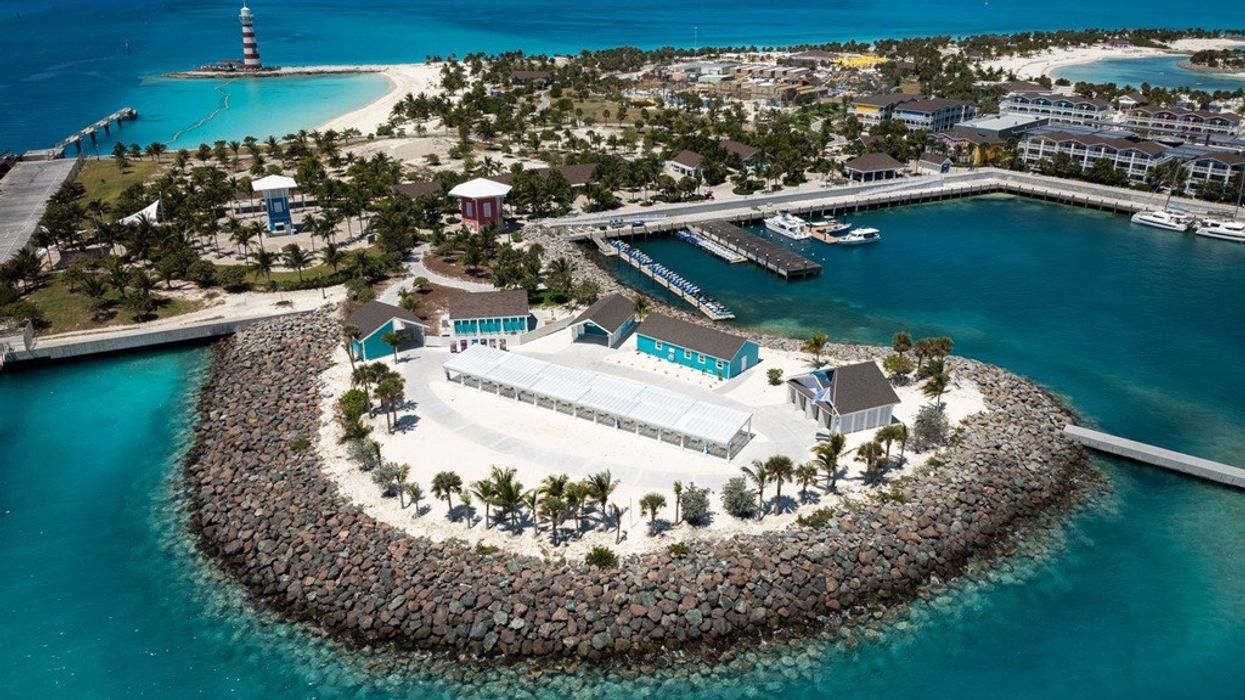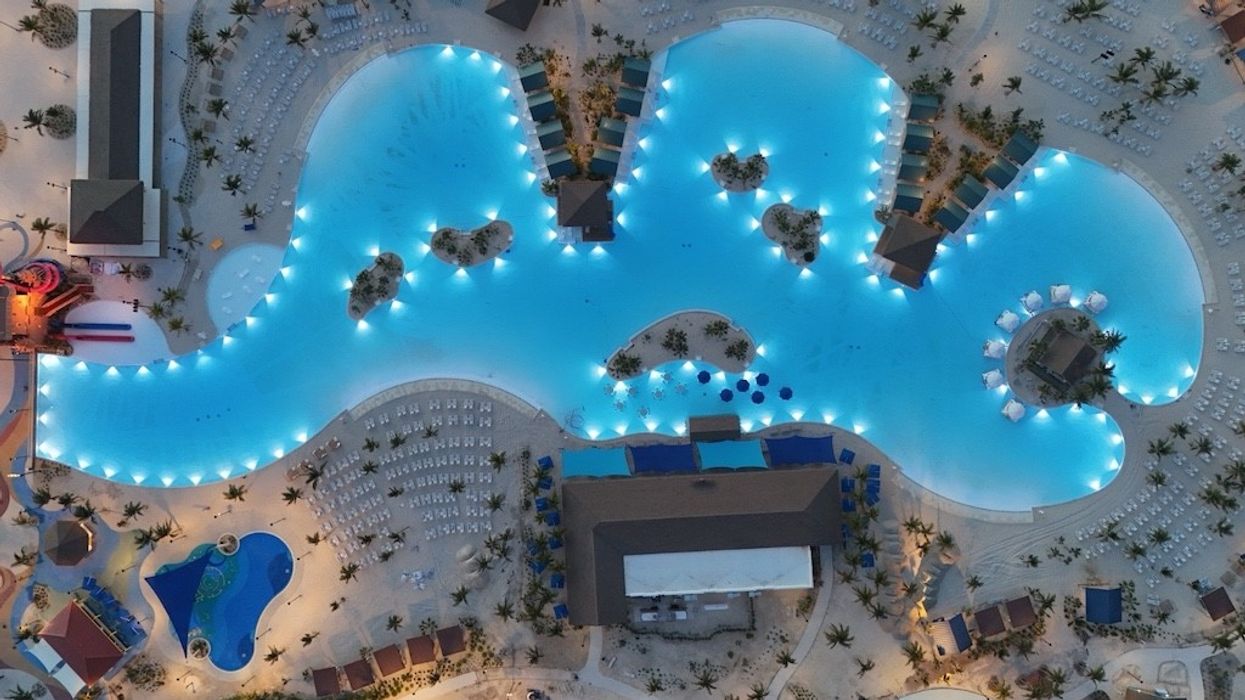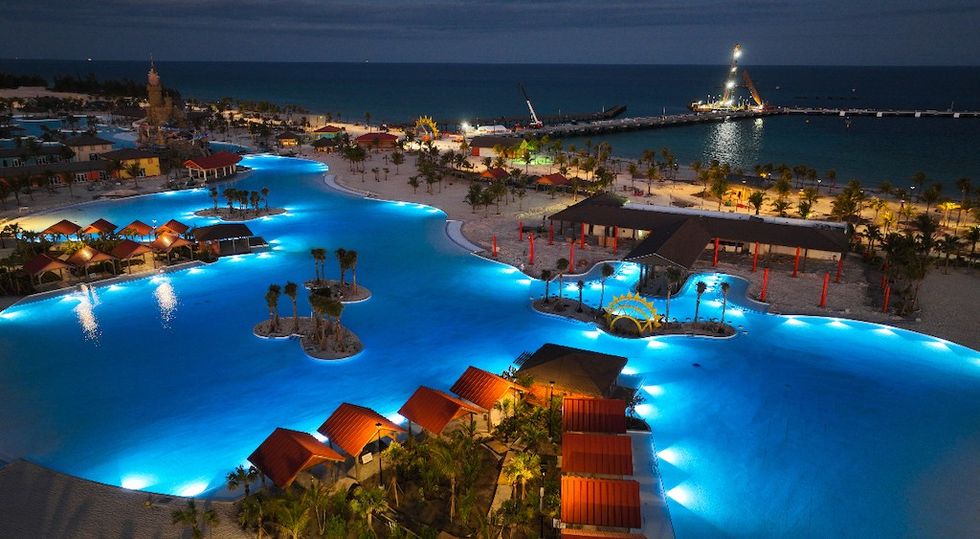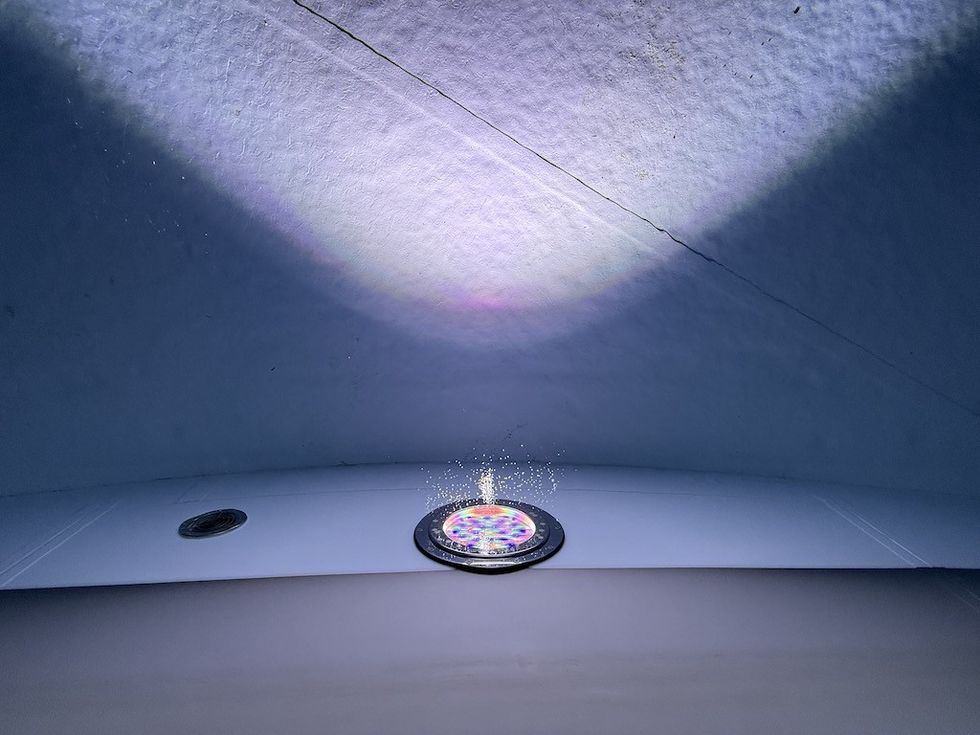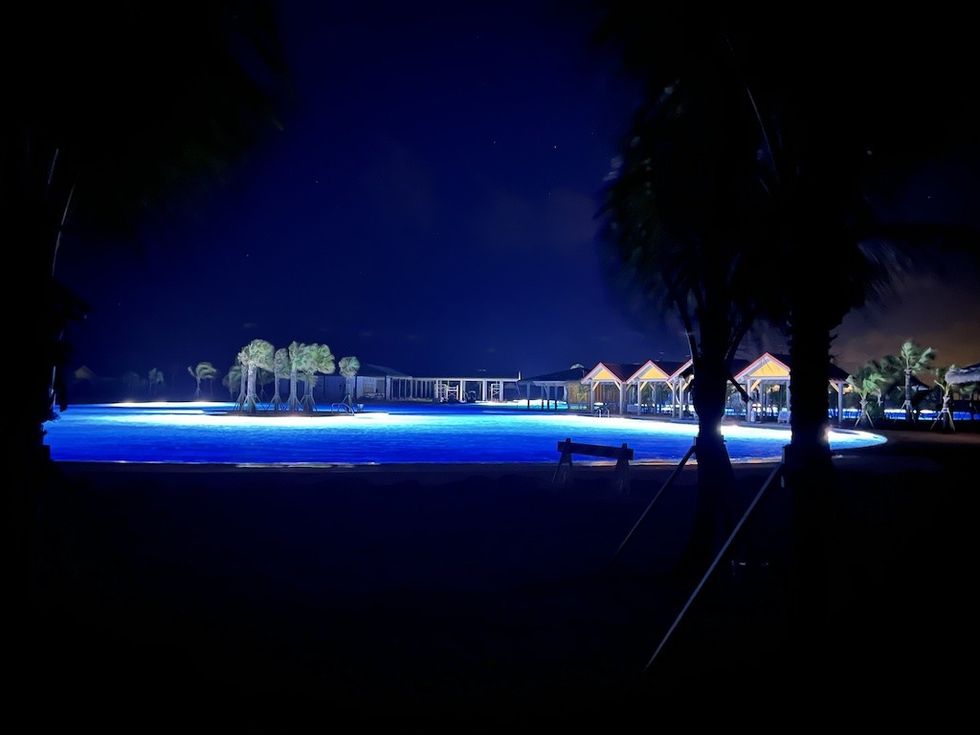Paul Chutter, president of Endless Surf, said: “It’s been an incredible year for us, with projects launching across three continents. What excites me most is how quickly surf is expanding, not only as a sport but as a lifestyle. Our technology is designed to meet that demand, giving operators the ability to deliver authentic, flexible, and scalable experiences that resonate with surfers everywhere.”

Upcoming inland surf pool projects driven by Endless Surf technology include The Wave in London, The Point Surf Park in Fellsmere, Florida, Shell Point Surf Club in Panama City Beach, Florida, and Cabo Real Surf Club in Mexico
FlowRider also enjoyed a successful year, with Van der Valk Hotel Luxembourg-Arlon set to install a FlowSurf deep-flow river wave experience. Additionally, the Middle East will debut the region’s first FlowRider Triple at Grand Hyatt Dubai later this year.
Key projects for 2025
The past year has demonstrated how water-based attractions can significantly transform resorts into full-scale destinations. Throughout Europe and the Middle East, many resorts have enhanced their offerings by adding aquatic features such as Aqualantis at Regnum Carya Golf & Spa Resort, the Grand Hyatt Dubai in the UAE, and Dead Sea Marriott Resort & Spa in Jordan.
The most significant development in the region occurred at Yas Waterworld Abu Dhabi, where WhiteWater collaborated on an expansion featuring 20 new attractions. This included the world’s first water ride—a Shoot the Chute—integrated into a water slide tower, combining storytelling and engineering to elevate the overall guest experience.

Future developments
WhiteWater remains committed to partnering with leisure complexes and cruise lines to provide innovative attractions globally. In Drogheda, Ireland, Funtasia Theme Park plans to expand its Pirates Cove Waterpark with new features: the Master Blaster and Parallel Pursuit, which are “highly anticipated by both our team and our guests,” said Bernard McCormick, director of Funtasia.
“Adding rides to an existing indoor park is always a challenge, but that’s what makes this project exciting. Once complete, they’ll take Pirates Cove to the next level and give visitors even more reasons to return.”
In Belgium, the Sportoase swimming complex in Sint-Niklaas is scheduled to open in February 2026, featuring Europe’s first water slide that combines interactive gaming with water fun. Meanwhile, in Turkey, the Land of Legends water park is expanding with a new record-breaking selection of attractions, including what will become Europe’s tallest water slide.
WhiteWater also maintains strong partnerships with top cruise lines worldwide. Carnival Cruise Line’s new vessel, Carnival Festivale, debuting in 2027, will feature six exciting water slides and asplash pad. Meanwhile, Norwegian Cruise Line plans to open the six-acre Great Tides Waterpark on its private Bahamian island, Great Stirrup Cay, in 2026.
With 19 slides and the Caribbean’s only four-person family raft ride, Great Tides aims to transform the private island experience.
Global premieres
This year has marked many firsts for WhiteWater, with several global innovations unveiled. At Tennessee's Soaky Mountain Waterpark, the new Wall Runner slide brought a fresh experience to water slides: lateral drift. It features two sweeping wall elements that push rafts sideways while maintaining speed, creating a sensation of controlled drifting similar to that on a racetrack.
In Wisconsin Dells,Covered Boomerangowill open in 2026 and is set to change how indoor water parks utilise space. Its distinctive zero-G wall can now be enclosed and extended outside the building, enabling operators to save space while also creating a striking visual feature that grabs guests' attention before they enter the park.
At Land of Legends in Turkey, the world’s firstHelix Twistwill be unveiled next year. Part thrill ride and part optical illusion, the design features twisted geometry that builds anticipation as soon as guests see it and keeps riders guessing about how it operates.
“We’ve always seen ourselves as partners, not just suppliers,” said Rainer Maelzer, president of WhiteWater ERA GmbH.
“Every park has its own identity, and our job is to listen carefully and bring that to life. It’s in that collaboration that innovation happens. That’s the difference between delivering a slide and delivering an attraction that keeps guests coming back.”
WhiteWater has over 60 new projects opening worldwide this year.
Top image: Great Stirrup Cay, credit Norwegian Cruise Line






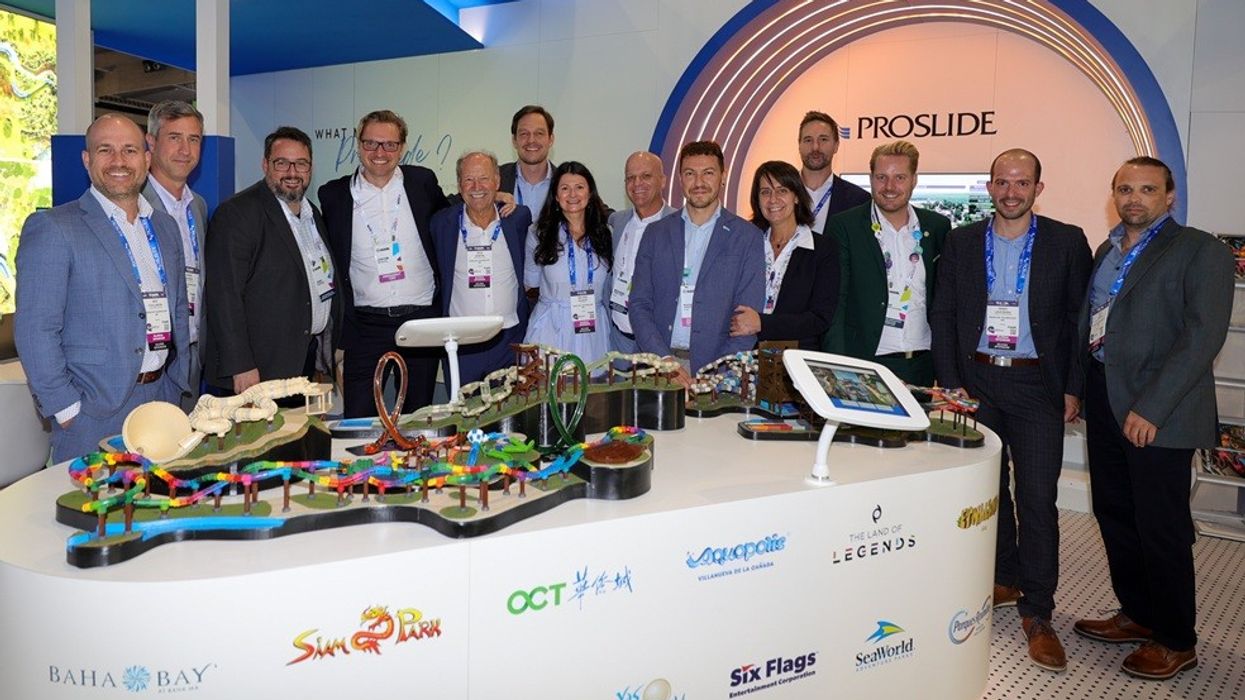
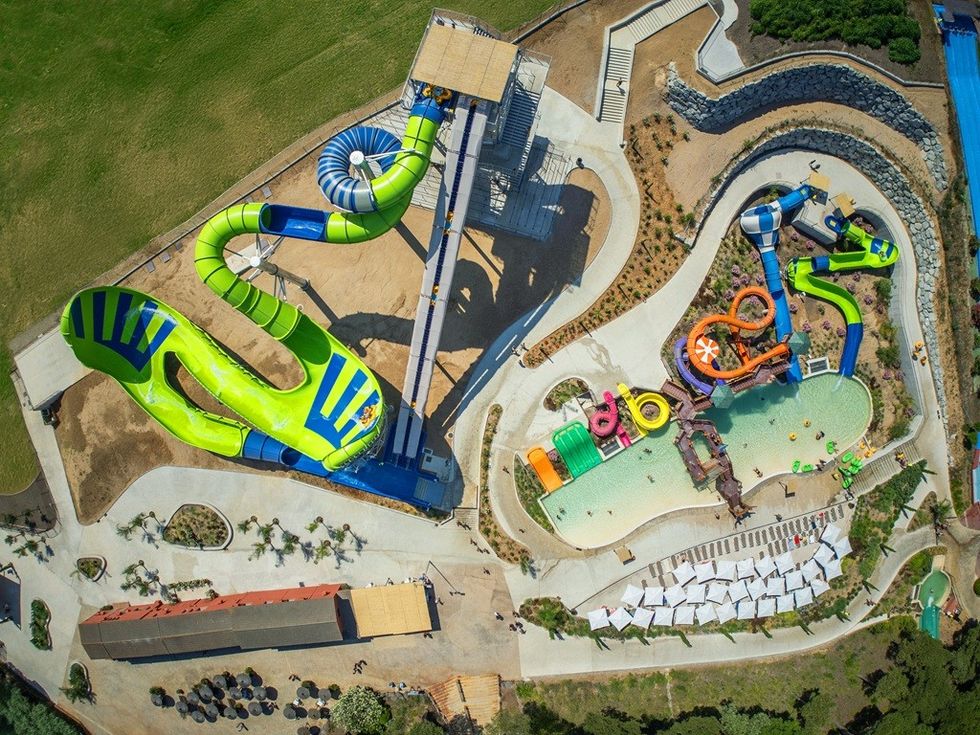 Water World, Lloret de Mar
Water World, Lloret de Mar HIVE 20 by ProSlide at Zoombezi Bay
HIVE 20 by ProSlide at Zoombezi Bay






